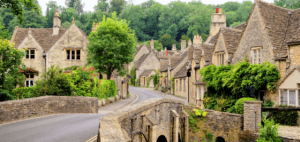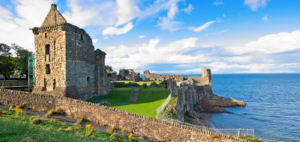The Ireland Facts That You Need to Know Now
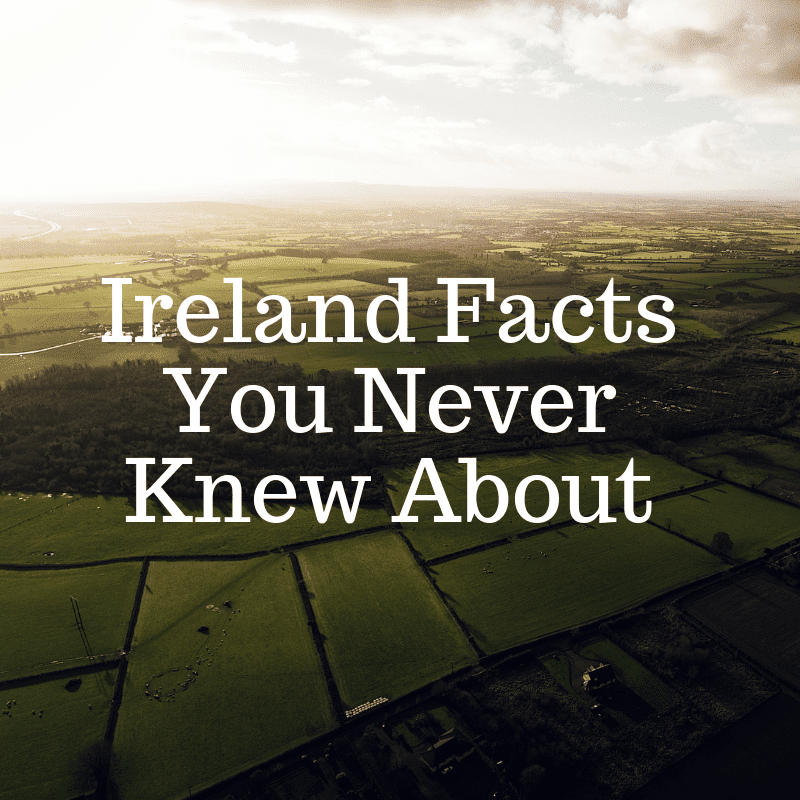
Updated On: April 20, 2024 by ConnollyCove
Ireland is known for being one of the most beautiful and fascinating islands in the world. The island has a reputation rich in history, tradition, literature and music, not to mention its charismatic and friendly people. We’ve picked up for you numerous interesting facts about Ireland to mull over, and we bet that some of them are completely new to you.
To make this even more fun, we want to challenge you as well. How many of these Ireland facts did you know before reading this? Share your result in the comment section below!
First Thing First, What Is Ireland?
Ireland is the second-biggest island in the British Isles settled on the northwestern edge of Europe with English as its main language. It is approximately 500 km long and 250 km wide. The Republic of Ireland (or just commonly known as Ireland) takes up almost three-quarters of the whole island and its capital city is Dublin. The remainder of the island, Northern Ireland, is part of the United Kingdom and its capital is Belfast. Ireland is a constitutional democracy and a member of the European Union.
Why It Is Called the Emerald Isle
Ireland is known as the Emerald Isle because of its lush rolling hills and valleys of green. The Irish poet and philosopher William Drennan is believed to be the first to use the phrase in print, in his late 18th-century poem When Erin First Rose.
Here are the Ireland Facts We Have for You:
The National Symbol of Ireland Isn’t a Shamrock, It’s a Harp

If you ask someone what symbol represents Ireland to them, the answer will probably be the shamrock. Contrary to this belief, the harp is the national symbol of Ireland and it became this way in 1922 when Ireland decided to separate from the United Kingdom. The Harp is found on different Irish brands including the ever-famous Guinness cup and coins and passports. Most notably, the Harp makes Ireland the only country in the world to have a musical instrument as its national symbol.
Ireland and Britain
Ireland and the UK share an eventful and ragged history. In 1801, Great Britain annexed the Kingdom of Ireland under the Act of Union; in 1921, the Anglo-Irish Treaty established the Irish Free State, an independent dominion of the British crown partitioned from Northern Ireland; and in 1949, the Republic of Ireland became fully independent from the UK.
The Earliest Evidence of Human Presence in Ireland Is Dated at 12,800 BC
In 2016 a kneecap of a bear, that was found in 1903 in a cave in County Clare and which rested in a cardboard box in the Natural History department of the National Museum of Ireland, was examined by Dr Marion Dowd, an archaeologist at IT Sligo, and Dr Ruth Carden, a research associate with the National Museum of Ireland. The bone displayed cut marks that were not natural and radiocarbon analysis gave it a date of 12,500 years ago (circa 10,400 BC).
Since the 1970s, the oldest evidence of human occupation on the island of Ireland has been at Mount Sandel in County Derry. Mount Sandel was found to have been existent since the Mesolithic period in 8,000 BC which indicates that humans had occupied the island of Ireland for some 10,000 years.
Europe’s Third Largest Stadium Is in Ireland

Croke Park in Ireland’s capital city Dublin is home to the Gaelic Athletic Association. The stadium can contain up to 82,300 people and it ranks just behind Wembley Stadium (90,000) in England and Camp Nou Stadium in Barcelona (almost 100,000) and is one of the oldest in Europe as well having been built in 1913.
Saint Patrick Is Not Only the Patron Saint of Ireland
Okay, we weren’t aware of this at all. Apparently, Saint Patrick isn’t just the patron saint of Ireland but is also a patron saint of Nigeria.
In 1961, the same year Ireland opened an embassy in Lagos, the capital of Nigeria, Irish bishops named St. Patrick the patron saint of Nigeria. Now, there are over 20 million Catholics in Nigeria.
To list more surprises, of five Guinness-owned breweries worldwide, three are in African nations. And – yes you guessed it – Nigeria is home to one of those five breweries and is considered the world’s second-largest market for Guinness consumption after Britain is first and with Ireland coming in third place.
One of the World’s Earliest and Biggest Submarines Was Invented in Ireland
Irish inventor John Philip Holland (29 February 1840 – 12 August 1914) was an engineer from County Clare who developed the first submarine used by the US Navy and the first Royal Navy submarine – called Holland 1.
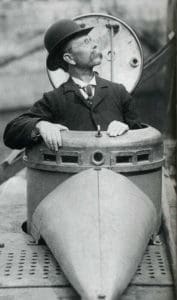
The Legend of Dracula Might Have Irish Roots
It’s true that the story of Dracula set in the fictional town called Transylvania, but it is believed that Dublin-born author Bram Stoker might have been inspired to write it from Irish mythology.
For what’s noticed, the horrors of the Great Hunger that took place halfway through the 19th century was still fresh in the minds of the Irish at the time of Stoker writing the story. Stoker was born in the midst of all of this and images of famine, death and human frailty were prevalent all throughout his young life.
Likewise, Dracula kills his victims viciously throughout the novel after stalking them all while leaving his print on them for everybody to fear. Perhaps the character was a take on Irish superstition or perhaps it served as a dire analogy for the suffering of the people of Ireland historically had to endure. Either way, the horrors of famine and death played a major role in the development of Stoker’s dreadful representation.
Furthermore, when Stoker was living in Dublin he used to visit Oscar Wilde and had enlightened discussions at the same place. The Wildes’ were well known for their knowledge and interest in Irish mythology. At one such gathering, Stoker may have heard the tale of Abhartach, the 5th-century chieftain (and super evil creature) who, despite being killed multiple times, kept rising from his grave and drinking the blood of his victims.
Muckanaghederdauhaulia
Muckanaghederdauhaulia is a small village in County Galway which translates to “ridge, shaped like a pig’s back, between two expanses of briny water”. It is the longest place name in English with 22 letters. Try saying that 5 times fast… or really just once is hard enough.
Ireland Is Blissfully Rich in Goods to Trade
Ireland is full of goods and its major exports include food products such as potatoes, lamb and beef. It also exports a large amount of zinc, lead, machinery and pharmaceuticals. On the other hand, Irish imports include oil, aircraft parts, vehicles, and petroleum gases.
Ireland has made many trading partners over the last few decades. Today, the United States accounts for 20% of Ireland’s exports, while the United Kingdom accounts for 38% of the country’s imports.
More Irish People Live Abroad Than in Ireland
Some 70-80 million people worldwide claim Irish ancestry, but it’s hard to estimate exact numbers, albeit that’s hard to believe. The leading cause for such a number is the massive emigrations due to famine and the search for better opportunities abroad, especially America in the 1800s.
Australia, Canada, Argentina, and South Africa are some of the countries with the highest amount of Irish descendants, and of course the United Kingdom.
Many Film Adaptations Were Shot in Ireland

Ireland has been used as a location for several famous films including the Star Wars, Saving Private Ryan, Braveheart and the Harry Potter Franchise.
The Late Late Show
The Late Late Show is not just the longest running late night programme in Ireland but also the second longest in the world after the American Tonight Show.
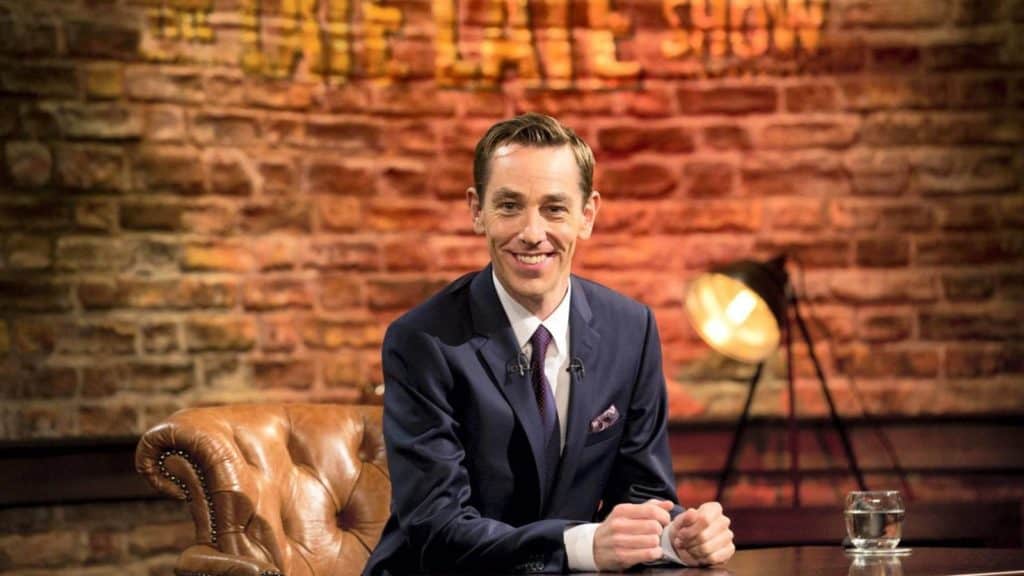
The show was first broadcast in July 1962 and has seen a number of different presenters in its years and was aired in black and white until 1976. The format has remained largely the same throughout—dialogue, comic sketches, musical performances, discourse on topical social issues.
Gay Byrne ran the show for 37 years, Frank Hall for a brief period in 1964, Pat Kenny for ten years and most recently Ryan Tubridy since 2009 until the present day.
Ireland Might Have the World’s Oldest Lighthouse
Hook lighthouse in County Wexford is considered to be the second oldest working lighthouse in Europe after the Tower of Hercules in Spain (which has existed since at least the 2nd century CE). The structure as seen today was built over 800 years ago, and it continues to serve its original function and now boasts the accolade of the world’s oldest operational lighthouse.
Samhain
Halloween is derived from the Irish festival of Samhain. At the end of summer, the Celts believed the gulf between our world and the world of ghosts and spirits thinned, allowing malevolent beings to wander the Earth. Irish immigrants in the US raised the popularity of Halloween in the 19th century.
Oldest Pub in the World Is in Ireland
Imagine a pub that was opened over 1100 years ago. Just imagine and ask yourself how things worked back then. Well, archaeological records have found that the walls of Sean’s Bar in Athlone have been around, and serving, since 900 AD, and it’s all according to the Guinness Book of World Records. Nowadays, the pub is still actively working, welcoming visitors from all around with a pint and live music.
The Most Popular Sports in Ireland Are Gaelic Football and Hurling

A lot of people watch sports in Ireland for their vital roles in society. The most popular sport in Ireland is Gaelic football, followed by Hurling. Both sports are native to Ireland. Collectively – along with Gaelic handball, rounders and others – the sports are known as the Gaelic games, under the aegis of the Gaelic Athletic Association.
Undoubtedly, Gaelic football has always been one of the most popular sports in Ireland. GAA football is considered to be the most attended sport in the country with over 30% of all sports attendances. On another level, Hurling is an ancient Irish sport with prehistoric origins. It has been played for 3,000 years and is considered the fastest field sport in the world.
Ireland is Filled with Castles
Since Irish history is stained with wars and violence throughout the centuries, castles had to be built to protect clans and royal families from invaders, and there are a lot of them. Until today, most of the castles are still standing and some can even be accessed by the public.
The English Language was First Introduced in Ireland in the 12th Century
When most people think of the languages of Britain and Ireland, they probably think of English, and no one can blame them. It’s the language pretty much everybody speaks, and the British have a fairly monolingual reputation. However, Irish has an important position in the linguistic identity of the natives of Ireland. Even today, the native language Irish is still being spoken and taught in school.
Irish is a Gaelic language belonging to the Celtic side of the Indo-European language tree, and not much alike English at all. It’s still the first spoken language in Galway, Kerry, Cork, and Donegal, smaller areas of Waterford, Mayo, and Meath.
The Idea of Guinness World Records Originated in Ireland
The Guinness World Records, a reference book published annually listing world records, came about in 1954 when the managing director of Guinness Brewery, Sir Hugh Beaver, attended a shooting party in County Wexford and argued with other competitors about the fastest game bird in Europe, and failed to find an answer in any available reference book.
The Term ‘Boycott’ Originated in Ireland
Captain Charles Boycott, a land agent from Ulster, is responsible for the term ‘boycott’ as we know it today. In 1880, this same captain refused to reduce the price of the rents of his employer’s tenants, resulting in him being shunned from the whole community. The Times of London newspaper started to use his name, Boycott, as a term for withdraw from supporting or participating in anything as a punishment or protest.
Irish Weddings
Irish weddings are fairly known for being super elegant and large. The groom dresses in kilts that signify his family’s clan, while the bride dresses in white to signify her purity. Family members from every corner travel east and west to attend these weddings, and the receptions are always massive celebrations that don’t disappoint.
A Lot of Rare and Unique Animal Species Can Be Found in Ireland
Because Ireland is isolated, many species of animals that are commonly found in Europe do not live here. However, that didn’t stop the Emerald Isle from showing the world that it has its own unique animals. From the Galway Sheep to the Irish Setter, Ireland is home to many unique animals. These unique animals include moles, polecats, and weasels.
The Oldest Continuously Operating Maternity Hospital in the World Is in Ireland
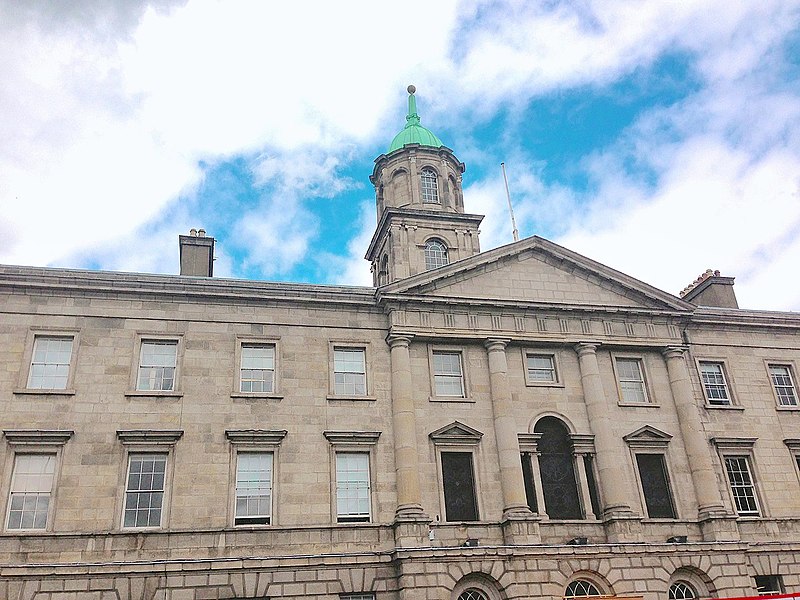
The Rotunda Hospital is located on the northwest side of Parnell Street close to the Parnell Monument in Dublin. It opened its doors in 1745 and is considered the longest-running maternity hospital in the world.
Irish Surnames Have More Meaning to them
Irish surnames beginning with O’ mean “descendant of” or “grandson of” in Irish Gaelic. Moreover, there are Irish names that begin with “Mac,” which translates to “son of” in Gaelic.
Today, there are four O’ names in the top 10 most common Irish surnames (O’Brien, O’Sullivan, O’Connor, O’Neill).
Ireland Is Very Successful in the Eurovision Song Contest
Ireland has won the Eurovision Song Contest more than any other country – a record seven times (1970, 1980, 1987, 1992, 1993, 1994 and 1996), and the only nation to win 3 times in a row. Niamh Kavanagh’s In Your Eyes might be the most famous Irish winner.
How many of these facts did you know about? And which is new to you? We’d love to know in the comments below!



